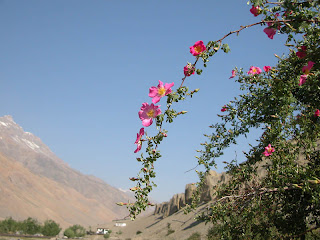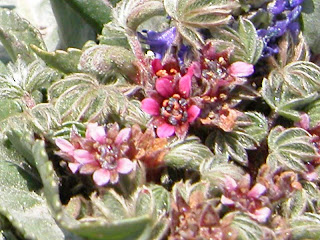
Murraya koenigii (Kadhilimb)

Murraya koenigii (Kadhilimb)

Murraya panniculata (Kunti)

Feronia limoni (Wood apple)
FAMILY OF THE WEEK: RUTACEAE
CITRUS FAMILY
Widely distributed in tropical and temperate regions especially in south Africa and Australia. In India it is rep[resented by 23 genera and over 80 species mostly in Himalayas and western Peninsular India.
Vegetative characters:
They are trees shrubs or rarely herbs. A characteristic feature of the family is the presence of pellucid glands filled with essential oils. The plants have spines as in Citrus and Aegle. The leaves are opposite or alternate and simple or compound. The stipules are absent. The leaves are mostly gland dotted.
Inflorescence and flowers:
The flowers are usually born in axillary or terminal cymes or panicles., sometimes they form racemes or they are axillary solitary or fascicled. The flowers are bracteate as well as bracteolate, usually hermaphrodite or sometimes unisexual and polygamous as in Zanthoxyllum, actinomorphic or sometimes zygomorphic as in Dictamnus, pentamerous, and hypogynous. A fleshy nectariferous disc is present between the stamens and the ovary.
The calyx is of four or fivr sepals which are free or more often show various degrees of connation. The corolla is composed of four or five free petals, which are valvate or imbricate in bud. The stamens are as many as or twice the petals or sometimes they are numerous as in Aegle and Citrus. The filaments are usually free. The anthers are dithecous, introrse and dehiscing longitudinally. The gynoecium is of two to five carpels which are completely united or sometimes the carpels are free towards the base and the ovary is deeply lobed. The styles are as many as carpels, free or variously united. The stigmas are terminal, entire or lobed.
Fruits and the seeds:
The fruit is a capsule or of free membranous ventrally dehiscing few seeded carpels or a drupe or a berry. The seeds may or may not contain endosperm and the embryo is straight or curvrd.
Pollination and dispersal:
The Rutaceae are adapted for insect pollination. The seeds are largely dispersed by animals and also by human agency.
Examples:
Citrus limon (Lemon)
Citrus medica (Citron)
Citrus aurantifolia (Bitter orange)
Citrus sinensis (Sweet orange)
Citrus reticulata (Loose skinned orange, Santra)
Citrus paradise (Grape fruit)
Citrus maxima( Chakotra)
Aegle marmelose (Bael)
Feronia limoni (Wood apple)
Feronia elephantum (Kavath)
Zanthoxylum
Murraya koenigii (Kadhilimb)
Murraya panniculata (Kunti)




















